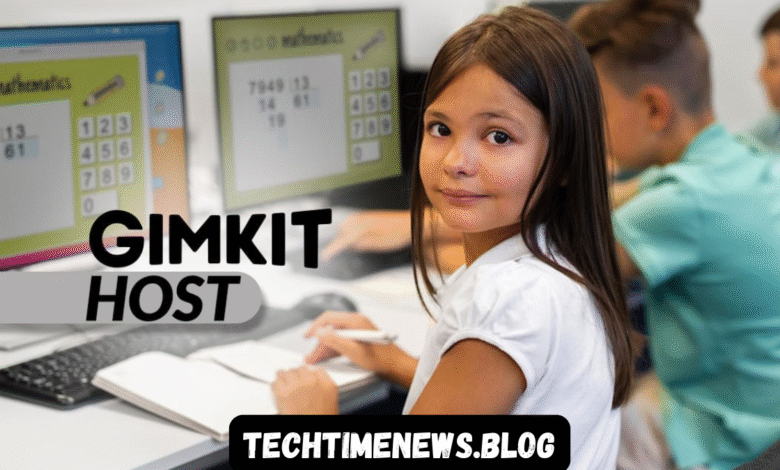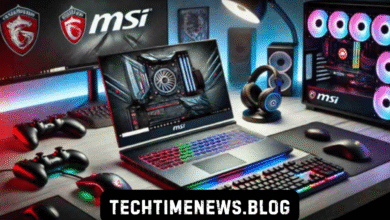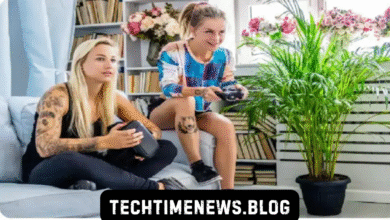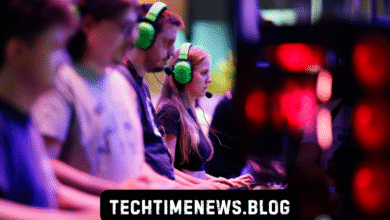Understanding Gimkit Host and the Role of a Host

Gimkit Host is an interactive learning platform designed to make classroom review sessions and educational activities more engaging. The platform allows students to participate in live quizzes and games while teachers, instructors, or moderators guide them as hosts. Acting as a Gimkit host is a central part of the experience, as the host controls the game settings, manages participants, and determines how knowledge is reinforced during gameplay. Unlike static review tools, Gimkit adds a layer of excitement through real-time participation, strategy, and pacing controlled by the host.
When someone becomes a Gimkit host, they essentially take on the role of a facilitator and game manager. The host ensures that the questions are appropriate for the topic, controls how the session unfolds, and adapts the pace depending on the group’s responses. By taking on this role, teachers and educators can turn routine study sessions into dynamic competitions, which encourage students to pay closer attention and retain information more effectively.
The Importance of Hosting in Gimkit Sessions
The hosting function in Gimkit is critical because it sets the tone and direction of the entire session. A host decides which mode to play, selects the question set, and determines whether the game will emphasize collaboration or competition. In Gimkit Host hosting is more than just clicking buttons. It involves understanding the learning objectives and ensuring that the game aligns with those goals.
When properly hosted, a Gimkit game becomes more than entertainment. It transforms into an interactive assessment that can provide insights into how well students understand the material. A good host keeps participants engaged by managing the flow of the game and making real-time adjustments. If the questions are too easy, a host might speed up the game to maintain interest. If they are too difficult, the host can slow things down, provide hints, or even pause to explain key concepts.
What Makes an Effective Gimkit Host
Being an effective Gimkit host requires a blend of preparation, attentiveness, and adaptability. Before starting, the host must ensure the content aligns with the intended topic or subject area. This preparation phase involves selecting or creating question sets that are neither too simple nor overwhelmingly difficult.
During the game, attentiveness is key. A host monitors student reactions, engagement levels, and performance. If the game appears to move too quickly, the host can make adjustments on the spot. Conversely, if participants seem distracted or disengaged, the host may choose a different game mode to renew interest. Adaptability allows the host to keep the session balanced between learning and fun, ensuring that educational objectives are met without losing the excitement that makes Gimkit appealing.
An effective host also encourages participation from all players, fostering a collaborative atmosphere rather than allowing a small group of high-performing participants to dominate. This inclusivity helps every student feel valued and involved, which increases motivation and improves overall outcomes.
The Technical Side of Being a Gimkit Host
On the technical side, hosting a Gimkit session requires familiarity with the platform interface. The host begins by logging in, choosing a game mode, and either creating or selecting a question set. The game can be played live, meaning students join with their own devices and participate in real-time, or assigned as homework, allowing students to play individually at their own pace.
When hosting live, the session starts with the host sharing a game code that participants enter to join. The host can track who has entered, monitor scores, and see which questions are causing the most trouble. The platform also gives hosts the ability to control timers, toggle power-ups, adjust money or points earned per question, and even end the game when learning goals are met. These tools help a Gimkit host maintain full control over the learning environment while giving students a sense of autonomy through gameplay.
Strategies for Hosting Gimkit in the Classroom
Hosting Gimkit in a classroom setting requires careful planning to ensure that the session remains both fun and educational. The host should aim to balance competition and collaboration by choosing the right mode. Some modes focus on team-based problem-solving, while others encourage individual achievement. Knowing the group of learners is essential in deciding which approach works best.
One effective hosting strategy involves using Gimkit as a formative assessment tool. After introducing a new topic, a host can run a quick Gimkit session to gauge how well students understand the material. The instant feedback provided by the game helps the host identify areas that need clarification. It also gives students immediate insight into their own strengths and weaknesses.
Another strategy involves integrating Gimkit into a larger lesson plan. A host can run a Gimkit session at the beginning of class to activate prior knowledge or at the end to reinforce key concepts. By varying the timing and purpose of each session, the host ensures the game does not become predictable, which keeps students engaged over time.
Adapting Gimkit Hosting to Different Learning Environments
The role of a Gimkit host is not limited to traditional classrooms. The platform can also be used effectively in virtual or hybrid learning environments. In these cases, hosting requires slightly different considerations. The host must ensure that every participant has access to the necessary technology and that the connection is stable. Clear instructions must be given to help students join without confusion.
In virtual settings, the host may need to spend more time monitoring engagement since it can be harder to read nonverbal cues. Using breakout rooms or small group discussions between rounds can help maintain focus. In hybrid settings, where some students are present in the classroom and others are remote, the host must balance attention between both groups. This involves regularly checking that remote participants can see the game screen and are included in discussions.
Common Challenges Faced by Gimkit Hosts
While hosting Gimkit sessions can be highly rewarding, it is not without challenges. One common issue is managing varying skill levels among participants. If some players dominate the game due to faster recall or greater knowledge, other students may feel discouraged. A good host addresses this by rotating question sets, varying game modes, or introducing collaborative elements to give everyone a fair chance to contribute.
Another challenge is maintaining focus. Since Gimkit incorporates game-like elements, students may become more interested in earning virtual currency or power-ups than in actually learning the material. The host must strike a balance by keeping the session lively but making sure the educational purpose remains clear.
Technical issues such as poor internet connectivity, devices failing to connect, or students struggling to enter the game code can also disrupt a session. A well-prepared host anticipates these problems by testing the platform beforehand and having backup activities ready in case of interruptions.
The Educational Impact of a Skilled Gimkit Host
When Gimkit is hosted effectively, it can have a profound impact on student learning. The combination of instant feedback, interactive engagement, and friendly competition helps students retain information more effectively than traditional methods. A host who manages the game skillfully ensures that every round contributes to deeper understanding rather than just surface-level memorization.
Students often report that sessions run by an enthusiastic host feel more like a fun challenge than a test. This positive atmosphere reduces anxiety, especially for learners who struggle with traditional quizzes. As a result, more students participate actively, and the teacher gains a clearer picture of how well the class is progressing.
Evolving Features for Gimkit Hosts
Gimkit regularly introduces new game modes, updated features, and enhanced customization options to improve the hosting experience. For example, hosts can now create assignments that students complete asynchronously, giving learners more flexibility while still allowing the host to track progress. New modes also add variety, ensuring that even frequent players stay engaged.
The platform’s continual evolution means that being a Gimkit host is never static. Educators are encouraged to explore these updates and experiment with different ways of integrating Gimkit into their teaching practice. This adaptability helps keep both the host and students excited about using the platform as a learning tool.
Best Practices to Maximize Hosting Success
To get the most out of hosting Gimkit, educators should take time to review analytics after each session. These reports provide valuable information about which questions students struggled with and how long it took them to answer. By analyzing this data, the host can adjust future sessions to target areas that need improvement.
It is also beneficial for a host to foster an encouraging atmosphere during the game. Recognizing effort as well as correct answers motivates all participants to stay engaged. Reinforcing key points after difficult questions helps solidify learning while preventing the session from becoming purely about scores.
Lastly, consistency matters. When Gimkit sessions are hosted regularly, students become familiar with the format, reducing setup time and increasing overall Gimkit Host host uses this familiarity to build momentum, creating a classroom culture that embraces interactive learning.
Conclusion The Power of a Good Gimkit Host
A Gimkit host is much more than someone who starts and stops a game. Hosting requires preparation, real-time decision-making, and a clear focus on educational goals. Whether used in classrooms, virtual environments, or informal study groups, a well-hosted Gimkit session can turn passive learning into an active, memorable experience.



